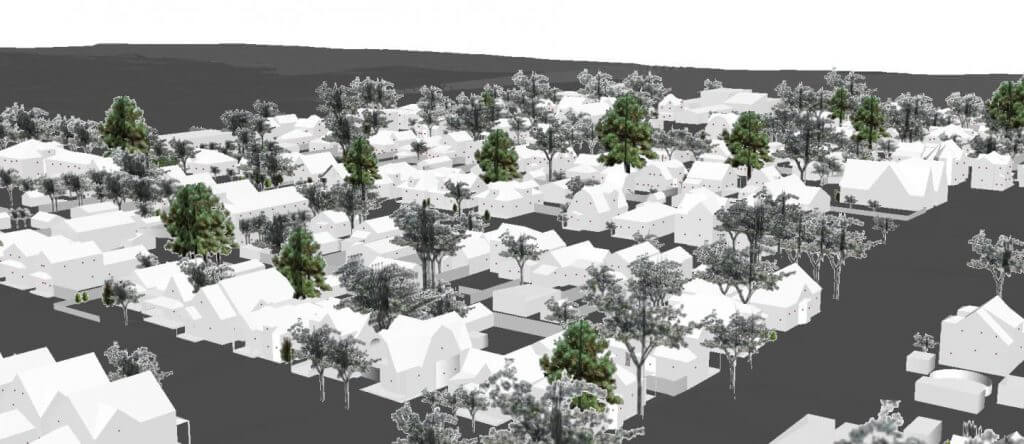
Predictive Modeling is a data tool that’s used for its future forecasting capabilities. How does it work? How can something predict the future? Historic data provides parameters and context, much like AI. Modeling itself comes in many forms. It heavily overlaps with the algorithmic techniques of machine learning, which is another software tool businesses are adopting more often.
Data isn’t one-dimensional and neither is life, which is why predictive models are a contextual goldmine. Analytics in general help people and organizations extract key insights for important decisions. Predictive modeling simply provides more context and statistical likelihood.
Predictive Modeling vs Predictive Analytics
What’s the difference between these methods? They sound incredibly similar and they are. Both techniques are often used interchangeably, but have key differences. Predictive analytics is a collection of techniques such as data mining and data analytics. It’s the analysis of pertinent historic data that uncovers patterns and the best decision to make.
Predictive modeling takes parameters and classifications that predict the statistical probability of an unknown event, often a problem. It’s much like the regression modeling Machine Learning experts are familiar with. Additionally, predictive modeling possesses a visual element to display the data that our Boost Labs team is more than familiar with.
Of course, both techniques (and machine learning) are complex and aren’t easily understood. So check out these real-life examples.
Predicting potential consequences
A crucial advantage of predicting modeling is the ability to get a statistical map of problems that humans would not have been able to derive as quickly or accurately.
In a time when we’re painfully aware of the devastating consequences of human error, industries and experts are more cautious about the future. This means industries like cattle farming need to change in order to slow the damage we’re inflicting. The idea of lab grown meat came around to reduce carbon emissions and other contributors to climate change. And so many are using predictive modeling in search of smarter solutions by predicting the course of consequences if we were to consume lab-grown meat. Predictive modeling shows us lab-grown meat is not any better than what he have now.
At Washington State University, researcher Solmaz Amiri created a literal 3D model that visually and statistically measured natural surveillance in a high-crime neighborhood.

Through predictive modeling, Amiri quantified natural surveillance to measure which homes and visibilities were prone to burglary.
Results?
Like any data-based technology, the ultimate goal is success in some form. Whether it’s making profitable marketing decisions or aiding post-hurricane relief efforts, predictive modeling is being used for good reason. A brewery can reduce human working hours and increase production accuracy. Businesses optimize global market growth and market research. Is predictive modeling right for your needs?
